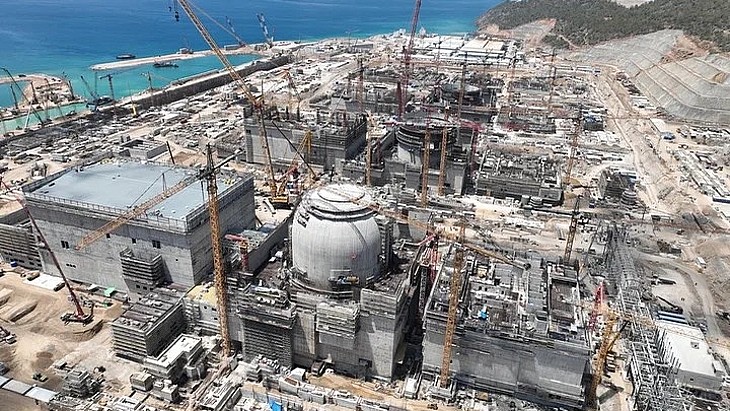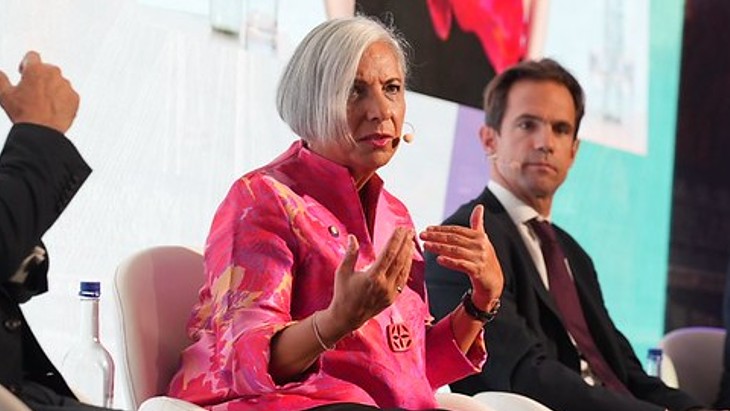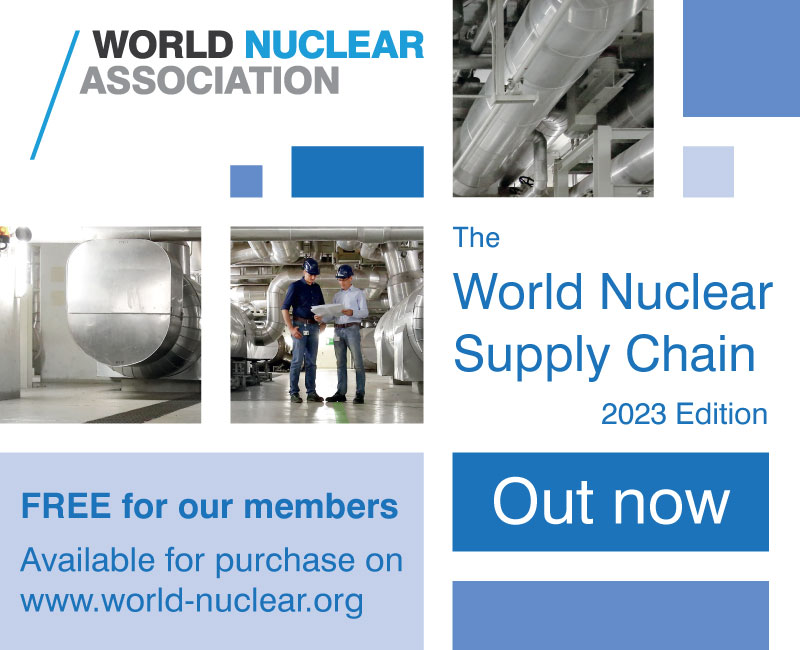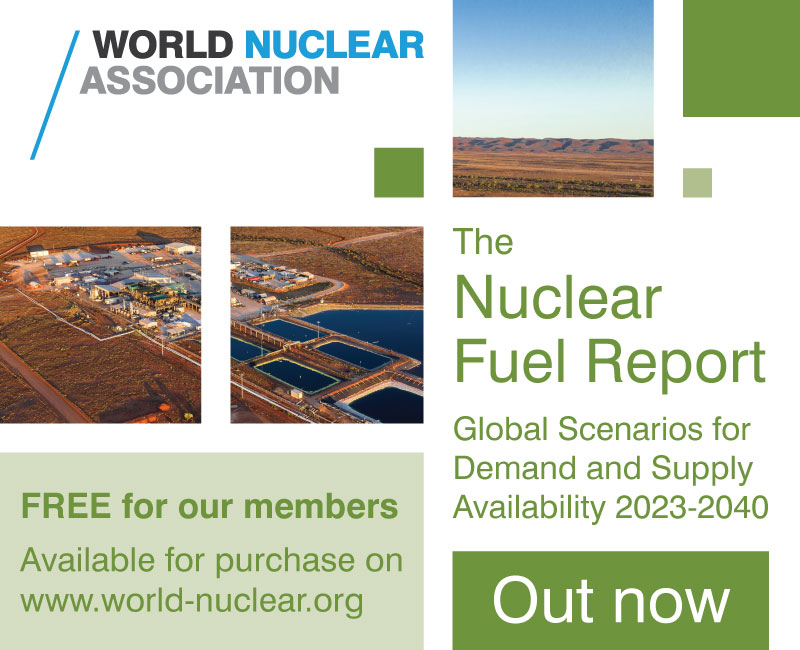Nuclear to 'shine' at COP28, says Bilbao y León

Nuclear energy, she said, has not been given much prominence at previous COP conferences. However, "for the first time, nuclear energy, which was once the victim of political posturing, is being incorporated whole-heartedly into the climate change conversations and the mitigation plans of many, many, many countries, and certainly we are seen as a positive force at the COP meetings".
This change in stance on nuclear has resulted from "the efforts of several generations of nuclear professionals that have participated in many COPs from the very beginning", Bilbao y León said. In addition, teams of the global nuclear trade associations have also contributed.
"More recently, since Paris, COP21, we need to thank the advocates at the Nuclear for Climate Initiative," she added. "Because all these friends and colleagues of yours have been carrying the nuclear torch at climate change conferences for more than 20 years. They have been doing that at times in the face of quite aggressive opposition."
However, she noted that things have changed "dramatically" over the past couple of years. At COP27, held in Sharm El-Sheikh in 2022, there was the first Atoms for Climate Pavilion, a collaboration between the International Atomic Energy Agency and global nuclear trade associations. Bilbao y León said this was "truly a turning point in how nuclear is presented at COP meetings".
"Not only did we challenge the preconceptions that many people have about nuclear energy, but we also laid the groundwork to actually make sure that nuclear energy is perceived in a manner that is much more positive and inclusive in the context of climate change," she said. "I think what we are seeing in the COP microcosmos is actually a reflection of what we are seeing in the global situation all over the world. We are seeing a new interest in nuclear energy."
She said that an all-inclusive approach is needed so that all low-carbon energy sources, including nuclear, can play a role in creating a sustainable, net-zero global energy future. "To become a reality, the global capacity of nuclear energy needs to multiply by three," Bilbao y León noted.
"Today we have 60 gigawatts of new nuclear under construction all over the world and knowing that it takes 6-7 years for a large nuclear power plant to be built on average, all these reactors will be up and running by 2030," she said. "We also have more that are planned, and we are starting to see them moving forward. And of course, we have many exciting new projects with small modular reactors and advanced technologies. So we are going to see many of these demonstration projects become a reality this decade."
However, in order to achieve a trebling in nuclear capacity, the industry needs to "turn this political good will that we are starting to see into actionable and pragmatic policies". Licensing and regulatory processes need to streamlined and affordable financing must be secured. In addition, the supply chain and human resources must be expanded.
"We are going to need to bring together governments because at the end of the day our policymakers are the ones that are going to set these bold and pragmatic policies and energy markets," Bilbao y León said. "But then we in the nuclear industry need to work together with them because ultimately it is you, all of you, that are going to build and operate this nuclear future."
Looking ahead to COP28, which starts in Dubai on 30 November, she said the summit "will be a very pragmatic and realistic COP and frankly this is the right time for our industry to really shine and show that not only are we talking about the delivery, but we are already putting in place what is needed to provide these goals."
World Nuclear Association, together with the Emirates Nuclear Energy Corporation, have initiated the Net Zero Nuclear platform "to increase the visibility of nuclear energy by bringing together governments, the industry and civil society".


_53540.jpg)










